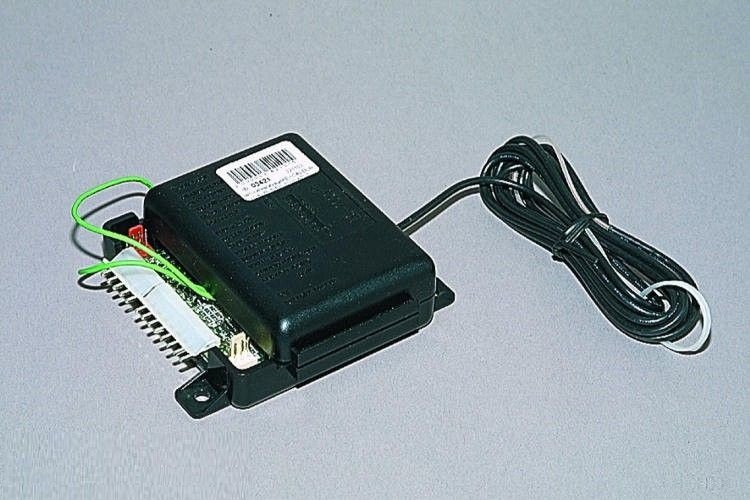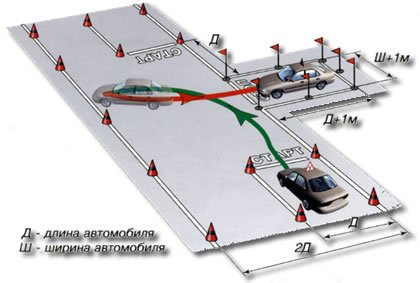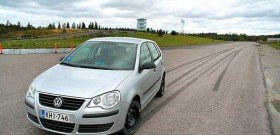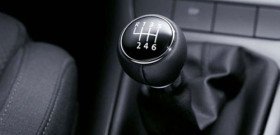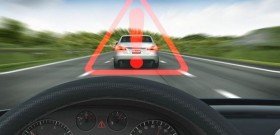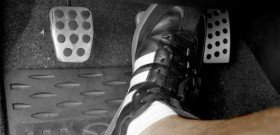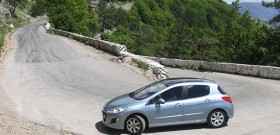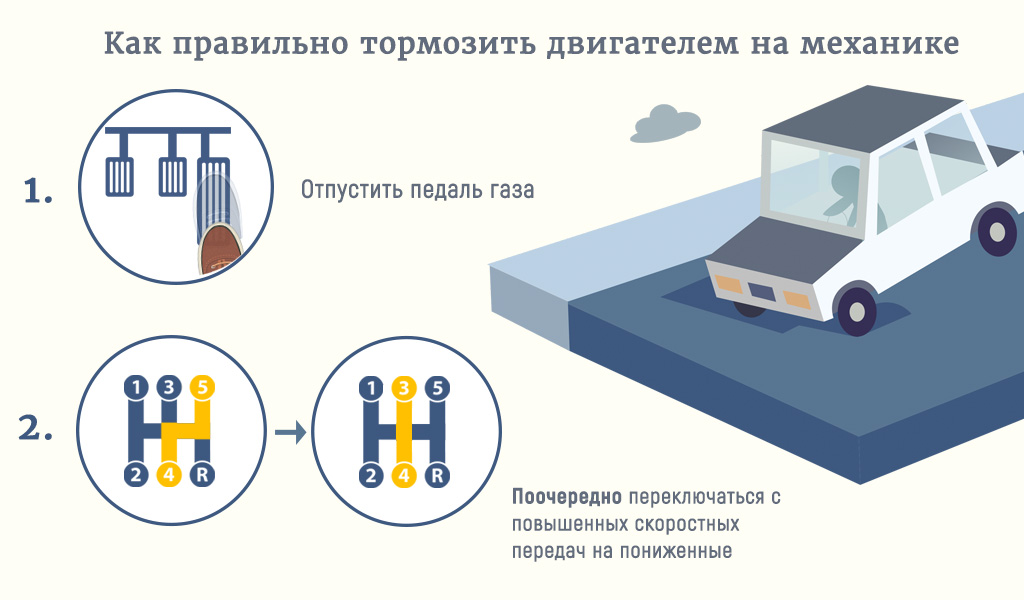
How and when to use engine braking?
Content
It is extremely important for all drivers to know what engine braking means on mechanics and automatics. By pressing on the gas, you, of course, increase the speed, but as soon as you release this pedal, while not releasing the clutch and leaving the gear in place, fuel immediately stops flowing to the engine. However, it still receives torque from the transmission, and, becoming an energy consumer, slows down the transmission and the wheels of the car.
When should you slow down the engine?
When this happens, the inertia of the entire vehicle puts more stress on the front wheels. Between the drive wheels with the help of a differential, a completely uniform distribution of the braking force occurs. This results in increased stability both on corners and on descents. It cannot be said that this is very useful for a car, or rather for the structures involved in this action, but sometimes this type of braking is indispensable.
This method is recommended to be used as a prophylaxis against skidding on sharp turns, this is especially true in mountainous areas or on slippery or wet surfaces. If proper traction with the road surface is not ensured, then it is necessary to perform complex braking, first with the engine, and then with the help of the working system.
In some cases, engine braking can be applied if the braking system fails. But it should be borne in mind that this method will not help much on long descents, since the car will pick up speed until the very end of the descent. If you still find yourself in this situation, then you need to use several approaches, for example, connect the parking brake to the participation, and you can’t suddenly switch to low gears.
How to properly brake the engine on an automatic transmission?
Engine braking on an automatic transmission occurs as follows:
- turn on overdrive, in this case, the automatic transmission will switch to third gear;
- as soon as the speed decreases and is less than 92 km / h, you should change the position of the switch to "2", as soon as you do this, it will immediately switch to second gear, this is what contributes to engine braking;
- then set the switch to the “L” position (the speed of the car should not exceed 54 km / h), this will correspond to the first gear and will be able to provide the maximum effect of this type of braking.
At the same time, it is worth remembering that although the gear lever can be switched on the go, but only to certain positions: “D” - “2” - “L”. Otherwise, different experiments can lead to very sad consequences, it is quite possible that you will have to repair or even completely change the entire automatic transmission. It is especially dangerous to switch the machine on the go to the “R” and “P” positions, as this will lead to hard engine braking and possibly serious damage.
You should also be extremely careful on slippery surfaces, as a sharp change in speed can cause the car to skid. And in no case do not switch to a lower gear if the speed exceeds the specified values ("2" - 92 km / h; "L" - 54 km / h).


Watch this video on YouTube
Mechanical engine braking - how to do it?
Drivers who have cars with mechanics at their disposal should act according to the scheme below:
- release the gas pedal;
- squeeze the clutch;
- then turn off the overdrive, i.e. put on neutral;
- release the clutch and immediately press the gas, while the transmission remains neutral;
- depress the clutch and shift the manual transmission to a lower gear;
- release the clutch.
There are times when noise appears when the engine is braking, it is quite possible that you should pay attention to the crankcase protection, since when applying this type of braking, the engine may sink a little and, accordingly, touch this protection, which is the cause of different sounds. Then it just needs to be bent a little. But besides this, there may be more serious reasons, such as a problem with the bearings of the main shaft. So it's better to do a car diagnostic.
